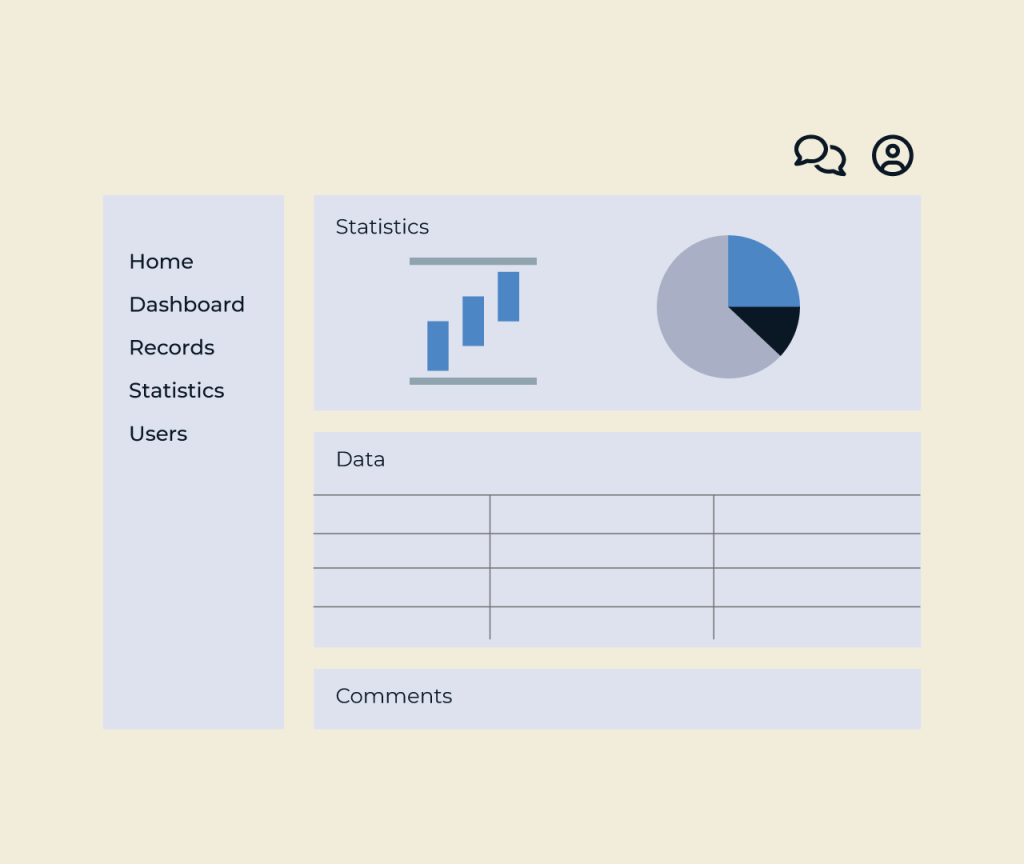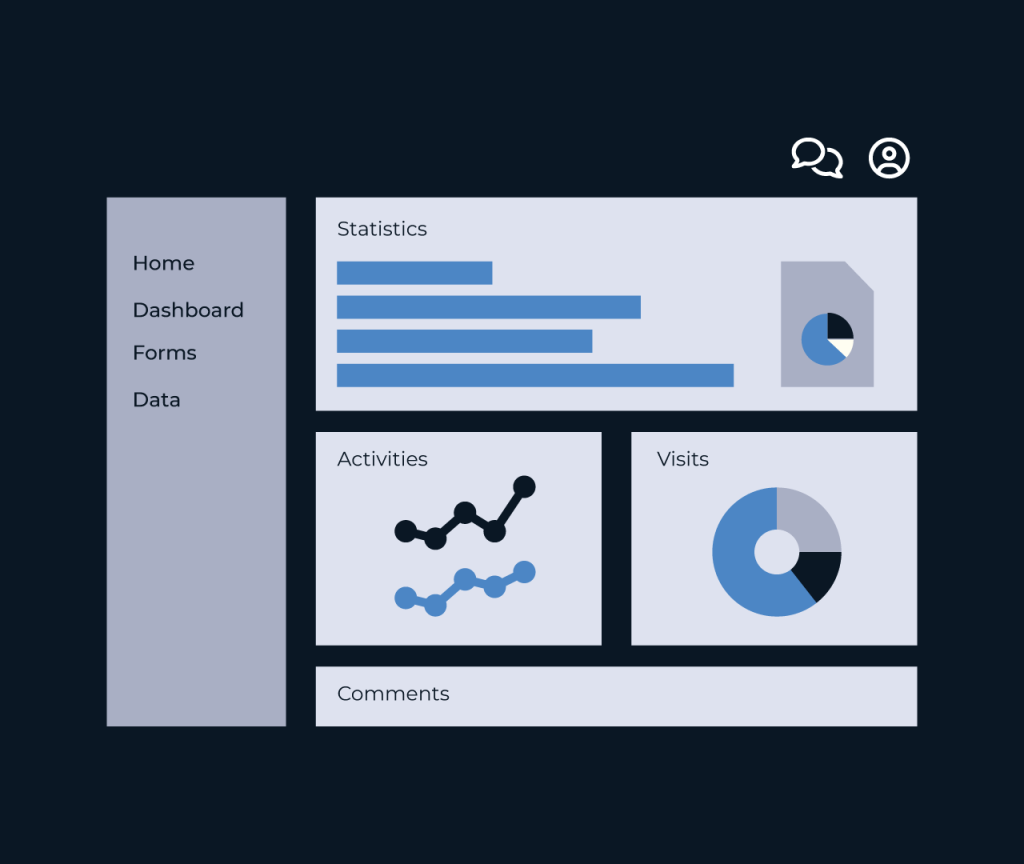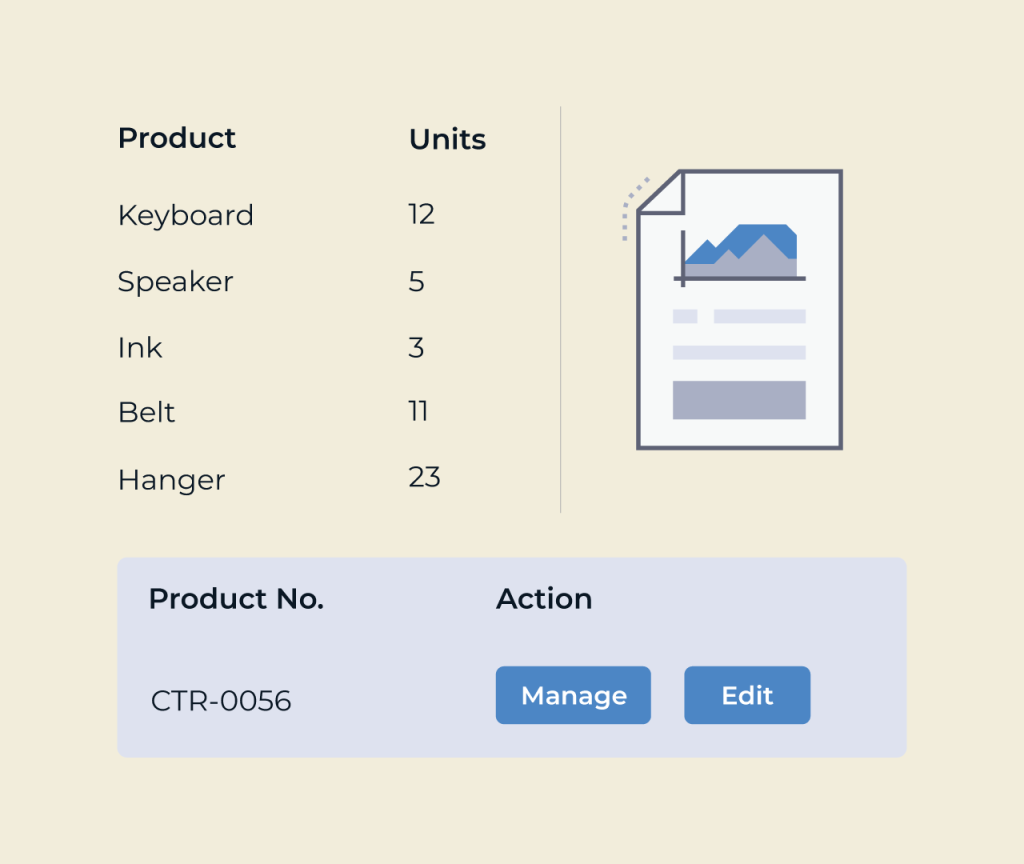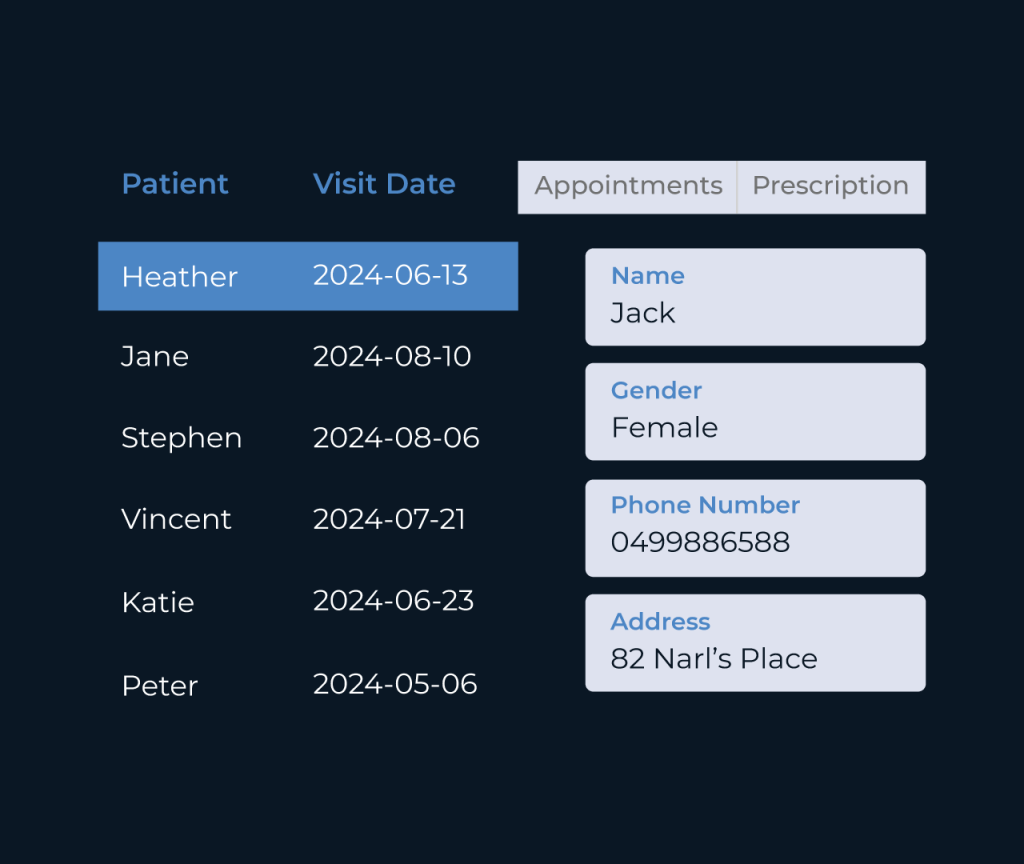Create a Learning Management Platform
Creating a learning management platform has never been easier with Five. This intuitive tool enables educators and organizations to design, manage, and deliver their courses seamlessly. With customizable templates and a user-friendly interface, you can tailor your platform to meet specific learning needs while ensuring an engaging experience for users.
Five also offers robust analytics and reporting features, allowing you to track progress and assess learner performance effectively. Its integration capabilities with other tools further enhance the learning experience, making it a comprehensive solution for anyone looking to establish a dynamic learning environment.







